Guide to Smart Home Appliances: A Comprehensive Analysis from Selection to Maintenance
As an electrical engineer and home appliance expert with 20 years of experience, I am pleased to present this comprehensive and practical guide to appliance knowledge. Whether you are an ordinary consumer or an appliance enthusiast, this guide will help you better understand, select, and maintain various appliances in your home.
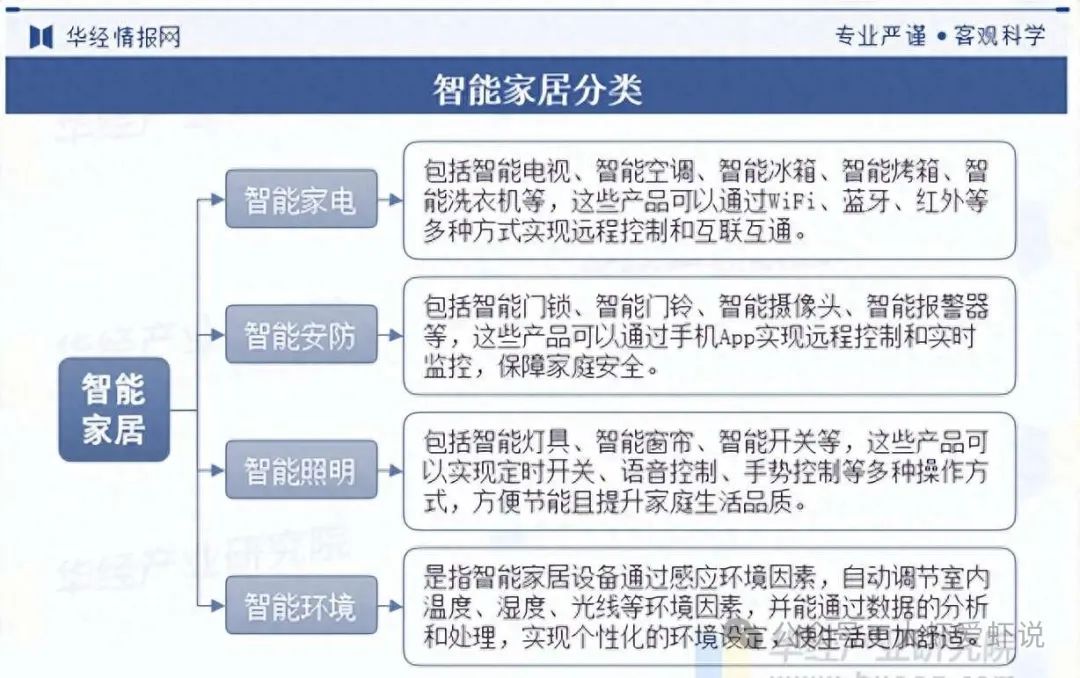
1. Basic Classification and Working Principles of Household Appliances
Household appliances can be divided into three main categories based on power and purpose:
1. High-Power Appliances: Typically with a power rating above 1000W, such as air conditioners, electric water heaters, and electric ovens. These appliances usually require a dedicated circuit to avoid overload when sharing outlets with other devices.
2. Medium and Low-Power Appliances: Generally with a power rating between 200-1000W, such as televisions, refrigerators, and washing machines. These appliances are the most frequently used in daily household activities.
3. Smart Appliances: A rapidly developing category of appliances with networking capabilities and smart control systems, such as smart refrigerators, smart TVs, and smart speakers.
![Smart Appliance Ecosystem Diagram]
In terms of working principles, most household appliances can be categorized as follows:
-
Thermoelectric Conversion Appliances: Electric water heaters, rice cookers, etc., which convert electrical energy into thermal energy.
-
Motor-Driven Appliances: Washing machines, fans, air conditioning compressors, etc., which convert electrical energy into mechanical energy.
-
Electronic Control Appliances: Televisions, computers, etc., which primarily rely on electronic components and integrated circuits to operate.
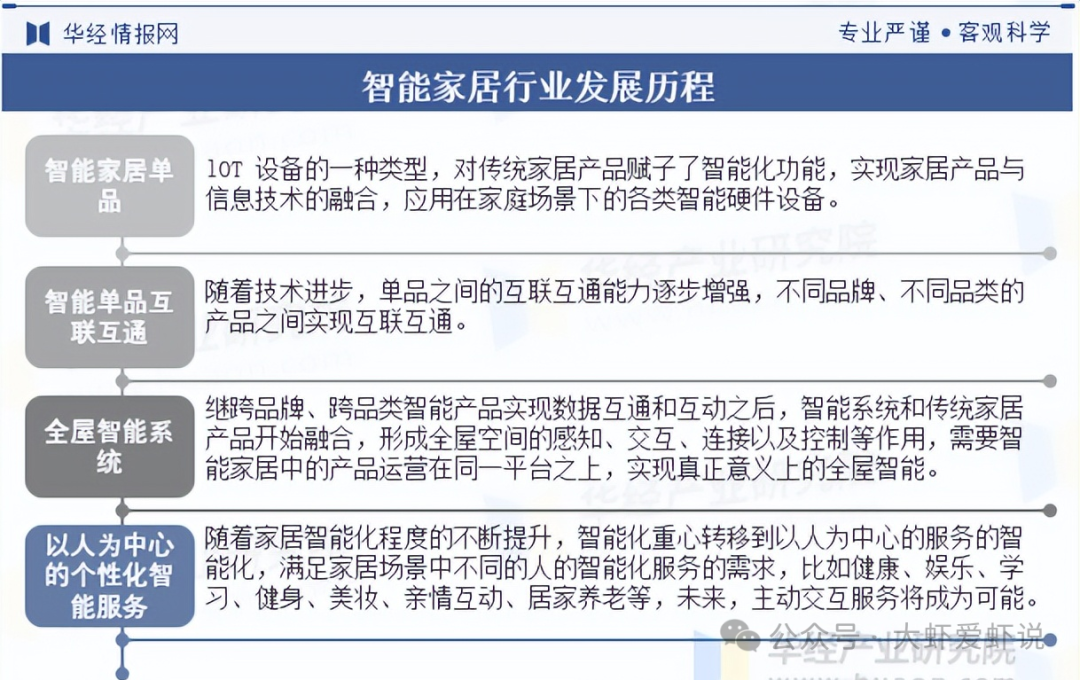
2. Purchasing Guide and Technical Parameter Interpretation for Common Appliances
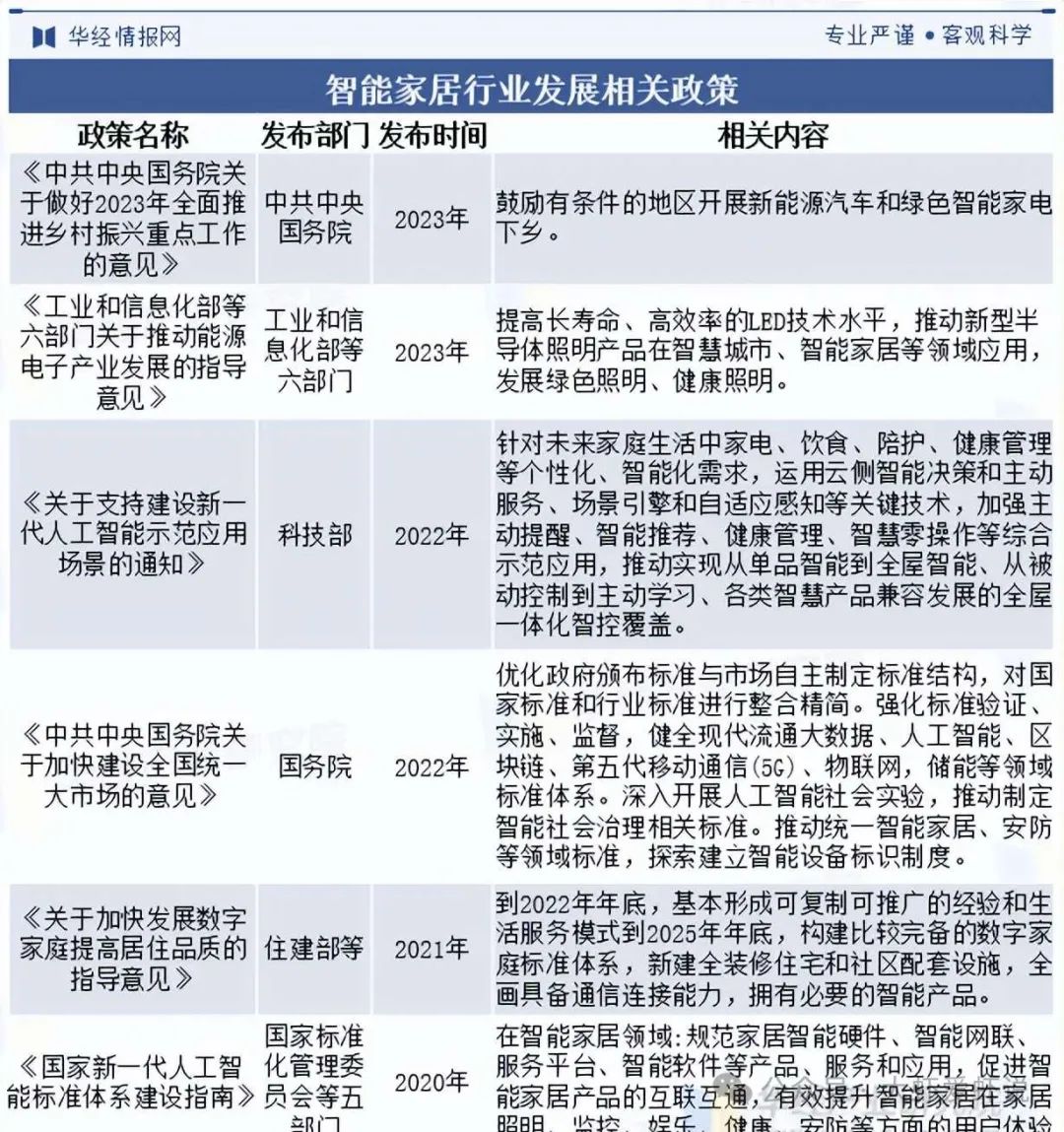
# 1. Key Points for Refrigerator Selection
-
Capacity Selection: Generally, for a 1-2 person household, choose 150-220L; for a 3-4 person household, choose 220-350L.
-
Energy Efficiency Rating: Preferably choose products with a 1st or 2nd level energy efficiency rating; although they may be slightly more expensive, they save more electricity in the long run.
-
Cooling Method: Direct cooling is cheaper but requires manual defrosting; air cooling eliminates the need for defrosting but is more expensive.
-
Key Parameters: Cooling capacity, noise level (≤40dB is better), temperature control accuracy (±0.5℃ is ideal).
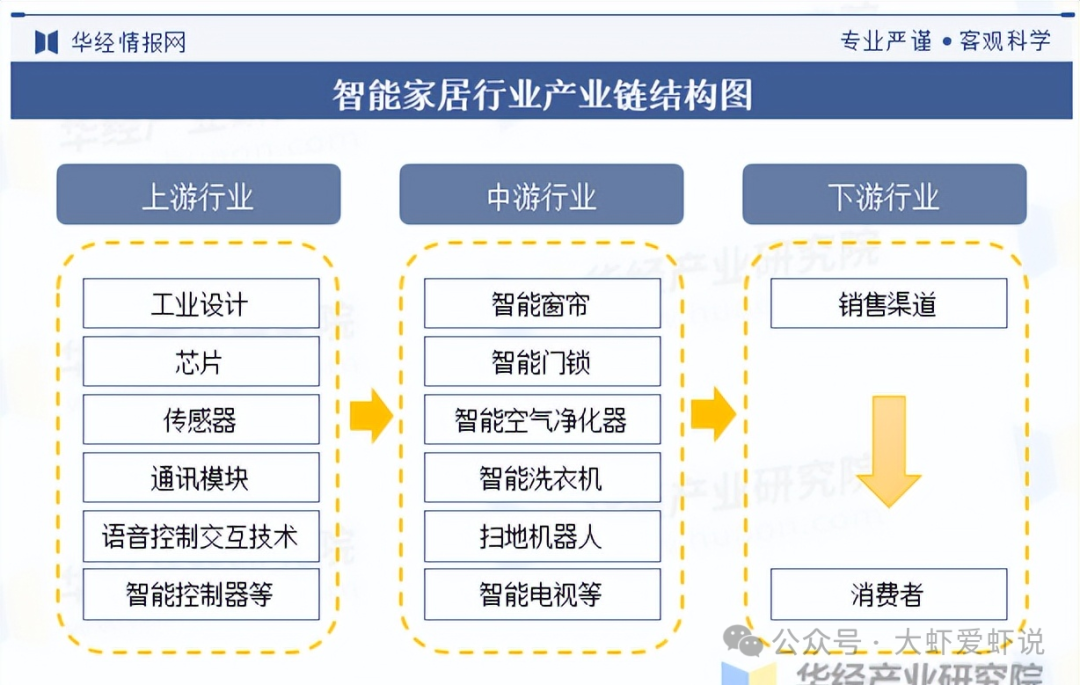
# 2. Washing Machine Selection Guide
-
Type Selection: Pulsator type occupies less space and is cheaper, while drum type offers better cleaning and is gentler on clothes.
-
Capacity Reference: For a 1-2 person household, 4-6kg; for a 3-4 person household, 7-8kg; for larger families, choose above 10kg.
-
Core Technical Parameters: Cleaning ratio (≥1.03 is better), spin speed (≥1000 RPM), noise level.
-
Additional Features: Choose based on needs such as inverter, drying, sterilization, and smart dispensing.
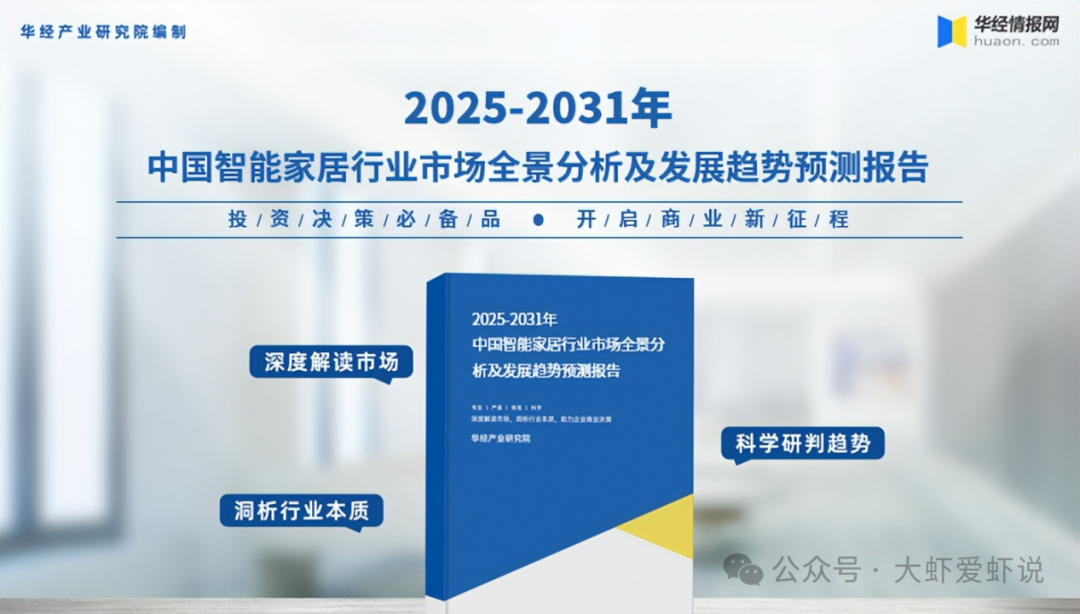
# 3. Key Points for Air Conditioner Selection
-
Power Selection: Generally, for a 10-15㎡ room, choose 1HP; for 16-25㎡, choose 1.5HP; for 26-35㎡, choose 2HP.
-
Energy Efficiency Ratio: Cooling energy efficiency ratio (EER) ≥ 3.6, heating energy efficiency ratio (COP) ≥ 3.4 is ideal.
-
Inverter Technology: Although inverter air conditioners are more expensive, they operate more smoothly and save electricity with less temperature fluctuation.
-
Fresh Air Function: Air conditioners with fresh air functions can introduce fresh outdoor air, improving indoor air quality.
3. Energy-Saving Tips and Methods for Appliance Use
- Refrigerator Energy-Saving Tips:
-
Temperature Settings: Refrigerator compartment at 4-6℃, freezer compartment around -18℃.
-
Avoid frequent door openings; let hot food cool before placing it inside.
-
Regularly defrost (for non-frost-free models) and keep the condenser clean.
- Air Conditioner Energy-Saving Methods:
-
Set appropriate temperatures: 26-28℃ in summer, 18-20℃ in winter.
-
Use in conjunction with electric fans to enhance cooling efficiency.
-
Regularly clean the filter to maintain efficient operation.
- Washing Machine Energy-Saving Tips:
-
Wash a full load at once to avoid half-load operation.
-
Select the appropriate washing program for the type of fabric to avoid over-washing.
-
Pre-treat stubborn stains to reduce washing temperature and time.
![Energy-Saving Appliance Usage Diagram]
4. Safety Guidelines for Appliance Use and Prevention of Common Hazards
- Power Safety:
-
Use independent circuits for high-power appliances; avoid multi-outlet plugs.
-
Regularly check power cords for aging and plugs for looseness.
-
Unplug appliances when not in use for extended periods.
- Electrical Environment:
-
Keep the area around appliances well-ventilated; avoid clutter.
-
Keep kitchen appliances away from water sources; choose waterproof models for bathrooms.
-
Avoid prolonged continuous operation of appliances to prevent overheating.
- Prevention of Common Hazards:
-
Regularly check appliances for unusual smells, noises, or overheating.
-
Install leakage protection devices to prevent electric shock accidents.
-
Educate elderly family members and children on the correct use of appliances.
5. Basic Knowledge of Household Circuits and Installation Precautions for Appliances
- Basic Household Circuit Knowledge:
-
The standard household power supply voltage is 220V/50Hz.
-
The total power limit for an average household is 5-8kW.
-
Understand the rated current and purpose of each circuit in your home.
- Key Points for Appliance Installation:
-
High-power appliances should be equipped with appropriately rated power cords and sockets.
-
Air conditioners, water heaters, etc., should be installed by professionals to ensure proper grounding.
-
Kitchen and bathroom appliances should consider waterproofing, moisture-proofing, and ventilation.
- Considerations for Circuit Renovation:
-
Strictly follow electrical standards for circuit renovations.
-
Use electrical wires and components that meet national standards.
-
Important circuit renovations should be performed by professional electricians.
6. Diagnosis and Simple Repair Methods for Common Appliance Failures
- Common Refrigerator Failures:
-
No cooling: Check if the compressor is working and if the condenser is too dirty.
-
Excessive noise: Check if it is placed unevenly and if the compressor’s shock-absorbing pad is damaged.
-
Simple repairs: Clean the condenser, adjust the level, and replace the door seal.
- Washing Machine Troubleshooting:
-
No water intake: Check the faucet, water inlet valve, and filter.
-
No drainage: Clean the drainage filter and drainage pipe.
-
Unbalanced spin: Distribute clothes evenly, avoiding large single items.
- Television Troubleshooting:
-
No signal: Check the signal cable connection and rescan channels.
-
Abnormal picture: Check resolution settings and update system software.
-
Remote control malfunction: Replace batteries and clean the remote control’s transmitter.
![Common Appliance Failure Diagnosis Flowchart]
7. Trends in Smart Appliances and Introduction to Interconnectivity Technologies
- Trends in Smart Appliances:
-
Comprehensive application of IoT technology to achieve device interconnectivity.
-
Deep integration of artificial intelligence technology to provide personalized services.
-
Voice control becoming the mainstream interaction method.
-
Health monitoring functions are increasingly enhanced.
- Main Interconnectivity Technologies:
-
Wi-Fi Direct: The most common connection method with wide coverage.
-
Bluetooth Technology: Low power consumption, suitable for short-range control.
-
ZigBee/Z-Wave: Low-power network protocols designed for smart homes.
-
Matter Protocol: An emerging unified smart home standard that addresses compatibility issues.
- Smart Appliance Ecosystem:
-
Mainstream platforms: Xiaomi ecosystem, Huawei HiLink, Apple HomeKit, etc.
-
Voice assistants: Xiao Ai, Tmall Genie, Baidu, etc.
-
Cross-platform integration tools: Home Assistant, IFTTT, etc.
8. Maintenance and Longevity Methods for Different Appliances
- Refrigerator Maintenance:
-
Clean the condenser and evaporator every 3-6 months.
-
Regularly defrost (for non-frost-free models) to prevent excessive ice buildup.
-
Keep door seals clean and check for tightness.
- Air Conditioner Maintenance:
-
Clean the filter every 2-3 months.
-
Professionally clean the indoor and outdoor units once a year.
-
When not in use for a long time, run in dehumidification mode and disconnect the power supply.
- Washing Machine Maintenance:
-
Keep the drum dry after use to prevent mold growth.
-
Run a high-temperature empty wash once a month to remove dirt.
-
Regularly clean the detergent drawer and filter.
9. Knowledge of Appliance Recycling and Environmental Disposal
- Principles of Disposing of Old Appliances:
-
Do not discard randomly to avoid environmental pollution.
-
Prioritize recycling or donating.
-
Components containing harmful substances (such as batteries) require special handling.
- Recycling Channels:
-
Appliance retailers’ “trade-in” services.
-
Professional appliance recycling organizations.
-
Community recycling events.
-
Manufacturer recycling programs.
- Significance of Environmental Disposal:
-
Reduce resource waste and recycle valuable metals.
-
Avoid harmful substances from polluting soil and water sources.
-
Reduce the environmental hazards of electronic waste.
10. Appliance Selection and Usage Recommendations for Special Scenarios
- Households with Elderly:
-
Select appliances that are easy to operate with clear buttons.
-
Prioritize products with safety protection features.
-
Avoid complex smart settings and provide printed manuals.
-
Consider installing leakage protection and timed power-off devices.
- Households with Young Children:
-
Select appliances with child lock features.
-
Install safety covers on power outlets.
-
Organize electrical wires neatly to prevent children from reaching them.
-
Avoid placing heating appliances in areas where children play.
- Small Households:
-
Select multifunctional combination appliances, such as washer-dryer combos.
-
Consider built-in or wall-mounted designs to save space.
-
Prioritize quiet models to reduce life disturbances.
-
Plan appliance placement reasonably to optimize space utilization.
Conclusion
Appliances have become an essential part of modern family life. Proper selection, scientific use, and appropriate maintenance of appliances can not only improve quality of life but also save energy, extend service life, and ensure family safety. I hope this guide helps you better understand and manage the appliances in your home, creating a safer, more comfortable, and smarter living environment.
Whether traditional appliances or smart appliances, their fundamental purpose is to serve human life. In this rapidly changing technological era, we should rationally choose products that meet our needs, avoiding blindly pursuing high-end or smart features at the expense of practicality. Finally, let us work together to practice the concept of green electricity use and contribute to building an energy-saving and environmentally friendly beautiful home.